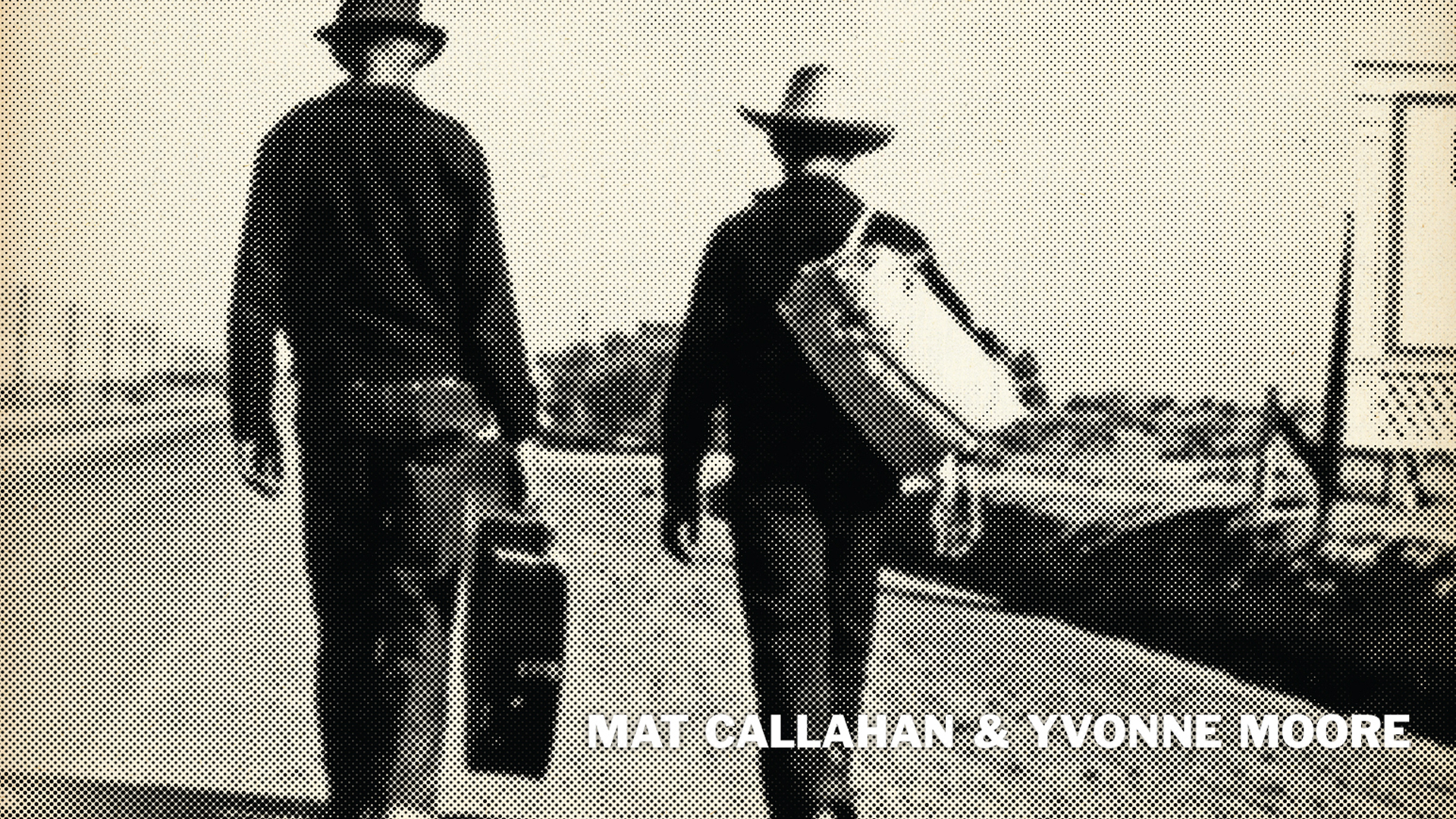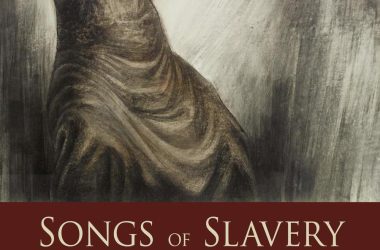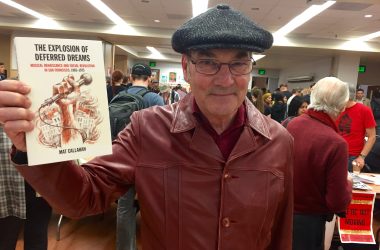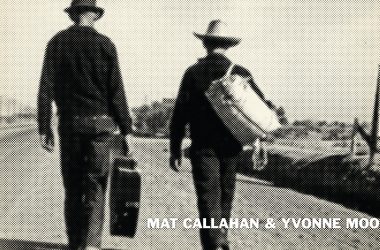Dear Friends:
Two important items this month. First, progress with Songs of Slavery and Emancipation. Second, progress with a new project: Working Class Heroes.
In late May, I traveled with my good friend and filmmaker, Reto Camenisch, to Peterboro, New York and to Amherst, Massachusetts. The purpose of our trip was to begin recording the repertoire of slave and abolitionist songs assembled for our project. It was also to document this process with the aim of releasing a film about its background and inspiration, as well as the actual work involved in gathering musicians, arranging material and performing the music. In short, “The Making of Songs of Slavery and Emancipation.” As I have written in previous news, the project’s aim is to produce two audio cds, a book containing history, lyrics and musical notation for the songs, as well as the feature-length film.
We arrived in Peterboro, NY and were greeted by Dorothy Willsey and Norman Dann, founding members of the National Abolition Hall of Fame. http://www.nationalabolitionhalloffameandmuseum.org/page/page/8452922.htm Our purpose was threefold: 1. to film the building (an old Church) which houses the NAHOF Museum, 2. to visit the Gerrit Smith Estate http://www.gerritsmith.org/ and, 3., if possible, to record Alden “Max” Smith performing a slave song, “Agonizing, Cruel Slavery Days,” which I discovered in my research. Dorothy and Norm were gracious hosts and provided an enormous amount of visual and spoken-word material for our cameras. In fact, the value of this material has made us reconsider the scope of our project. There is so much to learn from what Dorothy and Norm have assembled and preserved that it has to be one of the foci of our project and not only a resource of background material. What they are doing right now to bring the history of the struggle against slavery to the attention of the public at large is of great and growing importance. It is a matter of contemporary urgency, not only historical preservation.
Meeting Max Smith was an inspiration. Max is the descendent of slaves, grew up in Peterboro, NY, and has a wonderful voice. Once we were introduced, Max gave us a gripping interview full of personal and historical recollection. This not only expanded upon what Dorothy and Norm told us, but situated the work of NAHOF and the Gerrit Smith Estate in the lives of real people, generations of whom participated in the struggle against slavery in this very place. Then, Max proceeded to sing “Agonizing, Cruel Slavery Days.” His a capella rendition of this long-lost song is both a timeless treasure of musical and historical value, it was an incredible way to launch our project, being the first song recorded. After his performance, Max told me discovering the song was an epiphany. He’s been singing Negro Spirituals all his life but never heard of “Agonizing, Cruel Slavery Days”. He added that he’ll be singing it from now on whenever he gets the chance. Naturally, I was personally gratified. But more importantly, what Max said was living proof that our project is necessary and vital, especially to those descended from the slaves who originally composed and sang these songs.
Next, we traveled to Amherst to join a fine musician, Tim Eriksen, and the group of shape-note singers he’s been guiding for many years. Readers should check out Tim’s website for more about his excellent music: https://timeriksenmusic.com/ A member of the group, Gerald Clark, had suggested we film and record at the David Ruggles Center, the home of a great abolitionist which is now a museum.
http://www.davidrugglescenter.org/ This was a brilliant suggestion since it provided both a picturesque setting for the film, and an unexpected song for our repertoire. Shortly before we arrived, Tim and Gerald were checking the location and discovered on the walls of the Museum, in the very room we would be a recording, a text written by Ruggles, himself, entitled, “Woman’s Rights.” This was set to a popular shape-note song, “The Indian Philosopher”, which the group already knew, so it made perfect sense to record it. And we did, along with the songs we originally came to record plus some added attractions which will have to be considered.
The group, the singing and the songs themselves, were a joy to behold. Thanks is due to all the participants who ranged from 96 to 11 years of age, and gave generously of their time and their voices to this effort. Special thanks is due to Don Fierro who drove up from Brooklyn to make the recording. Also to my dear friend, Eli Smith, who’s helped me since the inception of this project and who first connected me with Don and Tim. But special, special thanks are due Tim Eriksen. First off, Tim convinced me of the importance of shape-note singing to the abolitionist movement. Tim’s own research (he has a PhD in ethnomusicology) supports this view and he provided a good deal of detailed information I was only vaguely aware of, previously. Furthermore, his practical experience leading shape-note singing groups made this far more than an academic exercise. In fact, the crux of the matter with this entire project is the junction between the scholarship and the singing. Some have told me it would be enough to just publish the book with the background and texts to the songs I’ve uncovered. But, like Tim, I’m a musician first and I feel it my duty to music to get this performed and recorded for the world’s ears to hear. To that end, Tim contributed a great deal of thought and energy leading to an inspiring result.
The next phase will be in Berea, Ky, in October. Stay tuned!!
Working Class Heroes
It was the end of the year 2016 when I had a conversation with Eli Smith, an old friend, whom I mentioned earlier in this news report. Eli is a fine musician and devoted archivist of old-time string band music. He also happens to be the organizer of the Brooklyn Folk Festival where Yvonne and I performed James Connolly’s Songs of Freedom in 2016. At first, Eli and I were just “shooting the breeze” about family and friends when we hit upon the subject of commemorations. I happened to mention that 2017 was the 50th anniversary of the publication of “Hard Hitting Songs for Hard-Hit People,” a songbook first published in 1967 after a thirty-year odyssey through the desk drawers and cupboards of two of its authors, Woody Guthrie and Pete Seeger. I knew the songbook well, having obtained a copy in 1967, when it first came out. Eli wasn’t born yet, but he, too, knew all about this book and its striking relevance to present day social and musical developments. We immediately agreed that it would be a worthwhile task to select, from among the book’s 195 songs, a representative sample for performance at the Brooklyn Folk Festival 2017.
Yvonne and I had to choose an hour’s worth of tunes that we thought would connect with an audience unfamiliar with the book or the historical period on which it was based, that is, 1910-1940, with the bulk of the songs being written in the ’30s. The music and the lyrics had to cross the divide of almost a century to speak again to a new generation. So we set to work with more curiosity than conscious plan.
As soon as we began, however, certain patterns emerged. First, these songs were composed by workers, not professional musicians or lyricists. While some were written by Woody Guthrie, the great majority were by anonymous working people who shared one thing in common: the struggle against suffering and injustice. The songs of Sarah Ogan Gunning are a shining example. They are stunning lyrically and had the curious advantage of being set to music recently popularized by the Cohen Brothers film “Oh, Brother, Where Art Thou?” Second, the songs of Sarah’s half brother and sister, Jim Garland and Aunt Molly Jackson, were equally powerful, calling attention to the Kentucky coal-country where all three were born and where all three participated in the great struggles against the coal operators. These facts alone exposed the falsehoods that have been foisted on unwitting music-lovers for decades, namely that the working class was a bunch of dumb crackers and that “political” songs were all written by intellectuals in New York. “Real” working class songs were maudlin laments about life’s misfortunes or, alternatively, carefree larks admonishing listeners to “always look on the bright side of life.” Needless to say this is hokum, but more importantly, the evidence proving that it is hokum is truly wonderful music, and fun, to boot.
Shortly thereafter, our song-quest brought us to more such people, Ella Mae Wiggins and John Handcox, to name but two, who were not only workers and organizers themselves but were songwriters of merit, putting their talents to the task of building the worker’s movement. To these we added a few written by the better-known, but equally “authentic,” Joe Hill and Ralph Chaplin. These songs were found in “Hard Hitting Songs for Hard-Hit People” even though they were from an earlier era and had already been disseminated widely by the Wobblies (IWW). Then, with our repertoire complete, we played the Brooklyn Folk Festival.
That might have been the end of it, but, serendipitously, we were asked to perform at several other festivals, notably, the James Connolly Festival in Dublin, later in 2017. What followed were more concerts, longer than a festival set, which required that we return to the songbook for more material. Ultimately, we had two hours worth of songs and rich stories accompanying each one. These stories included not only the struggles which had inspired the songs but also those of the people who’d written them. After many performances in the US, Ireland, Germany and Switzerland, it became apparent that diverse audiences shared an intense interest in both the music and the stories. The beauty and emotional power of the songs was immediate and produced the effect of transporting people to the time and place of their origin. But something else touched us as well. Not only were many audience-members deeply moved by the music but they were also curious to know more about the people who created it. Aficionados of “Americana” were especially intrigued. How could it be that they didn’t know about this music? How had it “escaped” the researchers, folklorists and collectors?
It was early this year, 2018, that we realized the necessity of recording the music, transcribing it for others to sing and sharing, in printed form, the stories we’d been telling from the stage. Since by this time we were no longer strictly confined to songs from “Hard Hitting Songs for Hard-Hit People,” and because that book is still readily available (and should be enjoyed in its own right), we decided to focus on what to us was the most important aspect of the project, namely the people who made these songs and the cause they made them for. These are women and men who gave their lives to emancipate the working class. Many, like Ella Mae Wiggins, were literally murdered by the bosses. Others, like Sara Ogan Gunning, watched their children starve to death and their husbands die of black lung, only to rise up singing against the system that caused so much misery. This is why we call our project Working Class Heroes.
Unlike mythical figures made in Hollywood or celebrities made by marketing, these were real human beings, ordinary, anonymous, and poor. Their heroism resulted not from their being different than their fellow workers, but from being the same. The same, that is, except in one respect: lowly of birth, they were nonetheless noble of aspiration. They stood up, calling out to their sisters and brothers to join together to fight the bosses, the bankers and the government that were oppressing them. They did so in the face of violent terror and bitter betrayal, their dedication and courage setting an example we can learn from today. Such heroism is immortal, such heroes should be celebrated and their songs can still lift our spirits, if we sing them.
We hope to bring the project to completion this Fall. Our comrades at PM Press will be publishing the book and cd as they did James Connolly’s Songs of Freedom.
Stay tuned!





